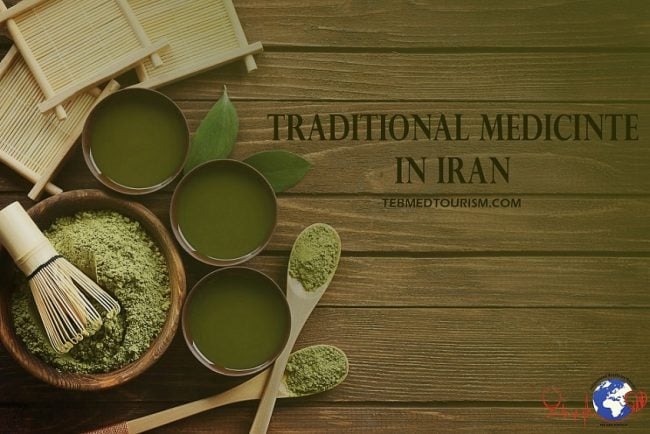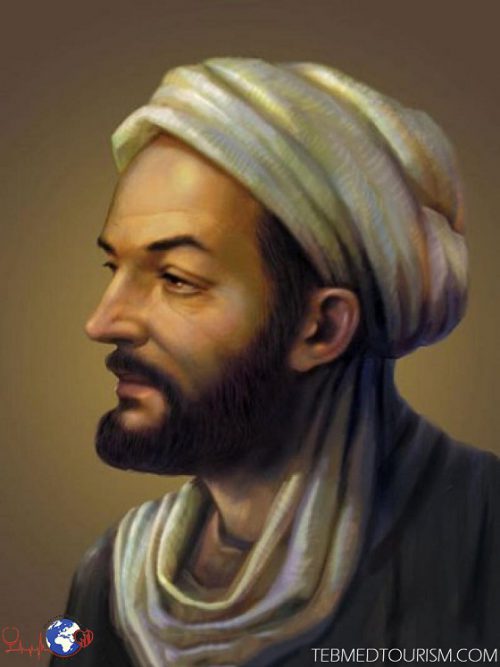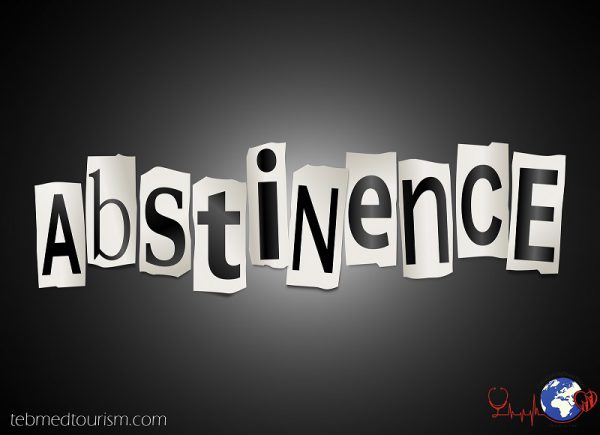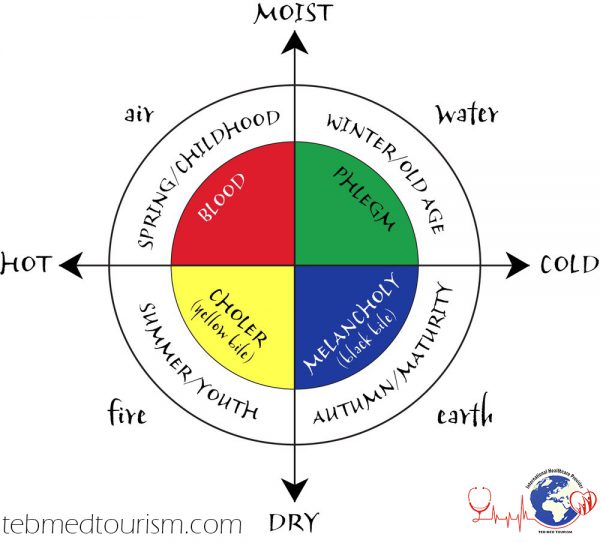Iranian traditional medicine (ITM), also known as Persian traditional medicine, Iranian-Islamic traditional medicine (IITM), traditional Iranian medicine (TIM), or simply traditional medicine (Persian: طب سنتی ایرانی tebbe sonnati irāni) is one of the famous and most ancient forms of traditional medicines (more…). Studies and researches reveal that some of the earliest records of the history of ancient Iranian medicine can be found in 8,000 to 6,500 B.C.while it is remarkable that Hippocrates, a Greek physician who is considered as one of the outstanding figures in the history of medicine belongs to about 460 BC.

Iranian traditional medicine is grounded in the four senses of humor concept: Phlegm (Balgham), Blood (Dam), Yellow bile (Ṣafrā’) and Black bile (Saudā’). Some traditional medicine forms are in this base. Yunani and Graeco-Arabic are the most famous of that. It is based on the teachings of Greek physician Hippocrates and Roman physician Galen and developed by Rhazes, Avicenna (Ibn Sena) into an elaborate medical system.
The old medical system was developed by a number of nations. Iranian traditional medicine, although often presumed as part of unani medicine because of a great overlap between these two, still is a separate tradition with roots further in the ancient Iranian and Indian past.

History
Globally medicine reached its peak by the rise of Islam in Iran concurrent with the lives of great polymaths such as Muhammad ibn Zachariah al-Razi, Hakim Ibn Sina (known as Avicenna in the west) and Esmaeil Jorjani (9th to 12th c.). Ancient Iranian Medicine, the basic knowledge of four senses of humor as a healing system, was developed by Hakim Ibn Sina in his medical encyclopedia The Canon of Medicine.
Humor, or to use the Persian term ‘Akhlat’, are liquid humor formed in the liver and gastrointestinal system following digestion. In other words, after eating and drinking, digestion, the process of breaking down foodstuff into smaller units and converting them into a substance suitable for absorption, happens.
Afterward, the substances move towards the liver and will be processed again (called the second digestion in traditional medicine) which form the four liquid senses of humor called: blood, yellow bile, black bile, and phlegm.
So the gastrointestinal tract, also known as the digestive tract, plays an important role in one’s health and that’s why it is said that all diseases begin in the gut. The four aforesaid senses of humor, or Akhlat, are supposed to supply the cells and the body organs with necessary nutrients.
Therefore, the healthier the humor is the healthier the body. So, selecting healthy foodstuff in accordance with the main Mizaj (temperament) to aid digestion is the point to keep healthy. Excessive amounts of blood, yellow bile, black bile, and phlegm is rooted in the fact that someone has not stuck to their healthy diet.
In the Iranian traditional medicine ‘abstaining’ is the best path to effective treatment. According to a saying by Imam Reza, the eighth Shia Imam, once you are aware of the detrimental effects of a food item you should abstain from it and it is wise “not to choose your desire over your body’s comfort”.


Akhlat have Mizaj
As mentioned previously everything around us in this world has Mizaj and Akhlat are no exception. Akhlat can be also examined according to their warmness and humidity :
- Yellow bile is warm and dry, in case it increases in the body the body will become warmer and drier
- Blood is warm and wet, excessive blood will surge warmness and humidity in the body
- Black bile is cold and dry, similarly, with copious amounts of black bile the body will get drier and colder
- Phlegm is cold and wet, high amounts of phlegm in the body will rise coldness and humidity in the body
Communication ways:
call us: +98(21) 88 177 537 and +98(21) 88 51 44 76
Visit us: 1st. Floor / No. 270 /Between Bagh & Azadi Alleyways / North Sohrevardi st. / Tehran / Iran
Mail us: [email protected]







Pingback: Herbal medicine and medical herbs - TebMedTourism
Pingback: Herbal medicine and medical herbs | With Visa, Hotel, Transfer
Pingback: Traditional Medicine in Iran , Traditional Medicine Cost ,IVF Clinics In Iran